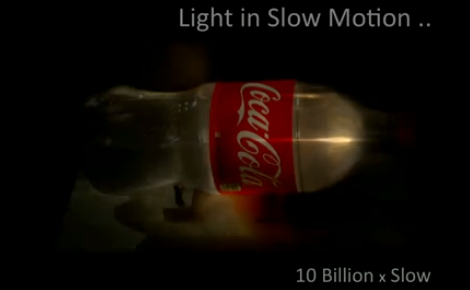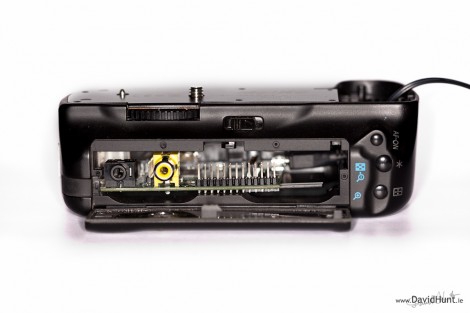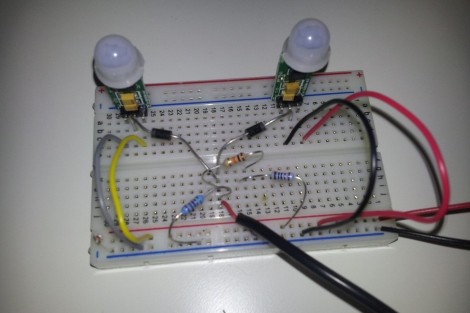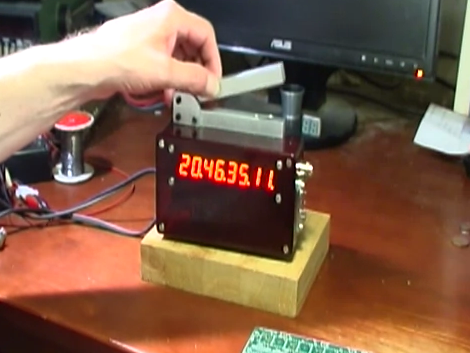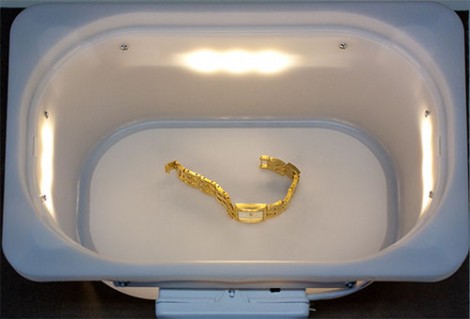
[Paulo] needed to photograph small objects on the go. Since you can’t always depend on ambient lighting conditions he built a battery operated light box which is easy to take along on his travels.
We’ve featured portable light tents before, but they still tend to be a bit too bulky for his tastes. He chose to go with a white plastic storage container from Ikea. It’s lightweight, and acts as a diffuser for the light sources. Four strips, each hosting three LEDs, were mounted on the exterior of the container. Half of a PVC pipe protects the boards while providing a way to fasten the strips in place using nuts and bolts. The driver board and batteries find a home inside of a travel container for a bar of soap.
He likes the results, especially when a glossy white piece of paper is used as a top reflector.

